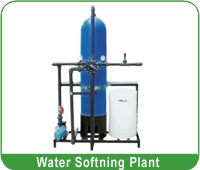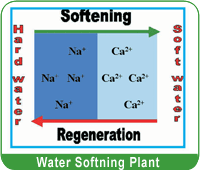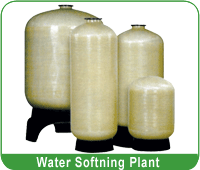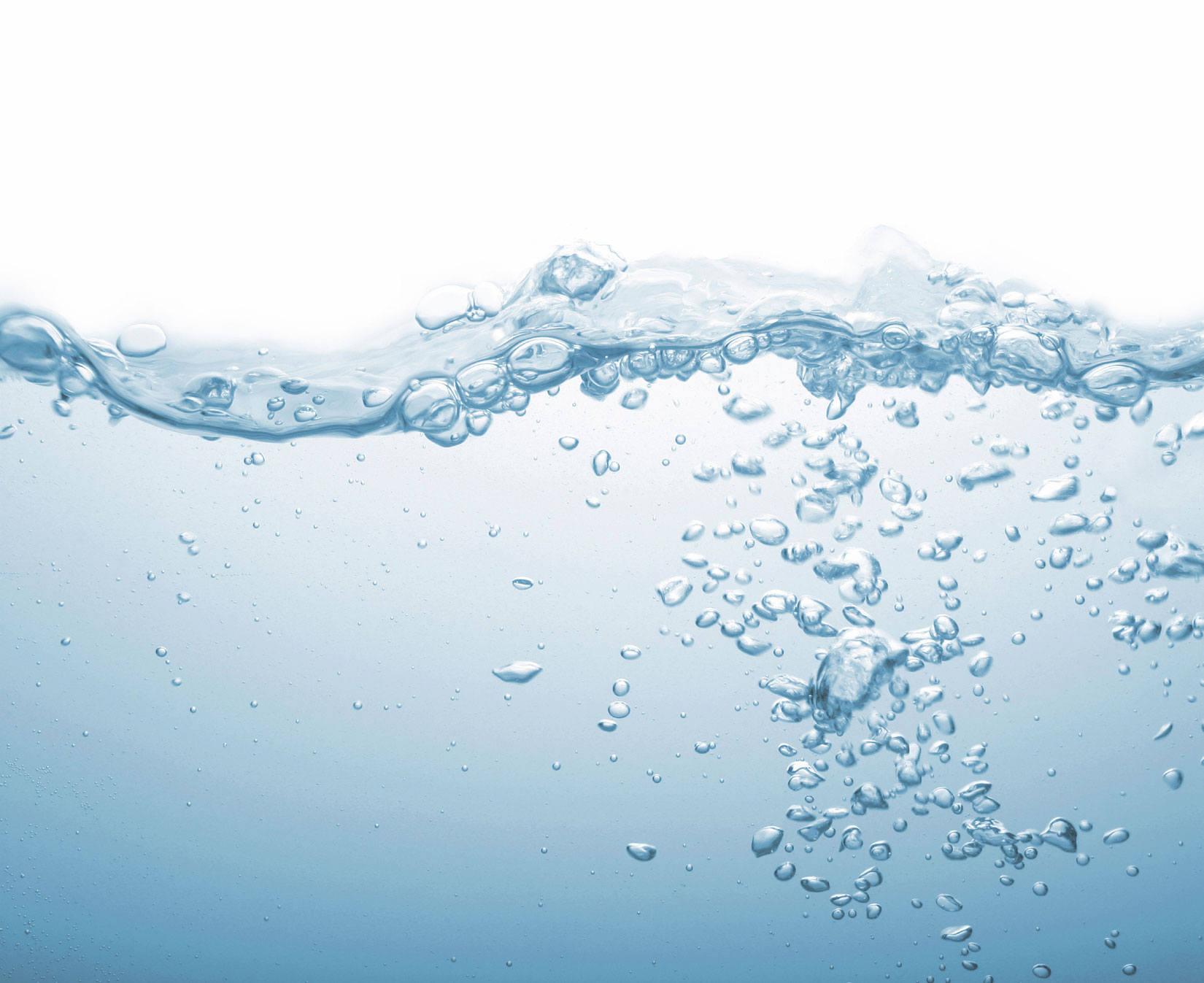

Our Achievement
With matchless quality of products, committed delivery, alert services and customers friendly attitude, RWT has achieved the exponential growth in few years.
Contact Detail
144, 145, Pushpak Industrial Estate,
Neeka Tube Compound, Phase - 1, G.I.D.C,
Vatva, Ahmedabad, Gujarat, India
Phone : +91 - 79 - 25895047, 40083090
Email : response@industrialroplants.com
Website : www.roplant.net
Water Softening Plant, Water Softening Plants
Water is considered ‘hard’ when it has excessive levels of calcium and magnesium dissolved in it. Hard water can lead to the following water problems:

- Scale build-up in pipes, resulting in decreased flow rates
- Scale build-up on heating and cooling systems, leading to increased electricity costs and breakdowns.
- White film on glass surfaces and staining on water taps
- Increased laundry costs due to hard water reacting with soap and laundry detergents.
The RWT Series Water Softening Plants are designed to produce treated water to suit for various applications. Treated water is of consistency quality with low residual hardness throughout the service cycle.
The high synthetic resin is used to exchange Sodium ion with hardness forming Calcium and Magnesium ions. After producing desired output, the resin is regenerated with (NaCI) Sodium Chloride solution after which unit is again ready to deliver next batch. RWT Series units are available with different models. The difference between these models is in the capacity of the resin used for each model. These units are easy to operate and maintenance free. These models are available to produce various capacities up to 200 Cu. Meters per hour maximum.
The Process
The heart of a water softener is a mineral tank. It’s Filled with small polystyrene beads, also known as resin or zeolite. The beads carry a negative charge. Calcium and magnesium in water both carry positive charges. This means that these minerals will cling to the beads as the hard water passes through the mineral tank. Sodium ions also have positive charges, albeit not as strong as the charge on the calcium and magnesium.
When a very strong brine solution is flushed through a tank that has beads already saturated with calcium and magnesium, the sheer volume of the sodium ions is enough to drive the calcium and magnesium ions off the beads. Water softeners have a separate brine tank that uses common salt to create this brine solution. In normal operation, hard water moves into the mineral tank and the calcium and magnesium ions move to the beads, replacing sodium ions. The sodium ions go into the water. Once the beads are saturated with calcium and magnesium, the unit enters a 3-phase regenerating cycle. First, the backwash phase reverses water flow to flush dirt out of the tank. In the recharge phase, the concentrated sodium-rich salt solution is carried from the brine tank through the mineral tank. The sodium collects on the beads, replacing the calcium and magnesium, which go down the drain. Once this phase is over, the mineral tank is flushed of excess brine and the brine tank is refilled.
Application
- Boiler Feed
- Cooling Tower Make-Up
- Air Conditioning Plant
- Textile Processing
- Beverage Production
- Hospitals, Hotels, Laundries etc.
Total hardness: Less than 5 ppm (Commercial Zero)
| Model | Flow Rate (Max) | Working Pressure (Min.) | Working Pressure (Max.) | Vessel Size (Inch.) | Resin Qty.(liters) | OBR* | Salt reqd for reg. |
| RWT S 05 | 500 | 2.0 | 3.5 | 8X44 | 25 | 7 M³ | 4 kg. |
| RWT S 10 | 1000 | 2.0 | 3.5 | 10X54 | 55 | 15M³ | 8 kg. |
| RWT S 20 | 2000 | 2.0 | 3.5 | 13X54 | 80 | 22M³ | 12 kg. |
| RWT S 30 | 3000 | 2.0 | 3.5 | 14X65 | 150 | 41M³ | 22 kg. |
| RWT S 50 | 5000 | 2.0 | 3.5 | 18X65 | 200 | 55M³ | 30 kg. |
| RWT S 100 | 10000 | 2.0 | 3.5 | 21X62 | 250 | 68M³ | 37 kg. |
* OBR Besed On Feed Hardness 200 ppm




